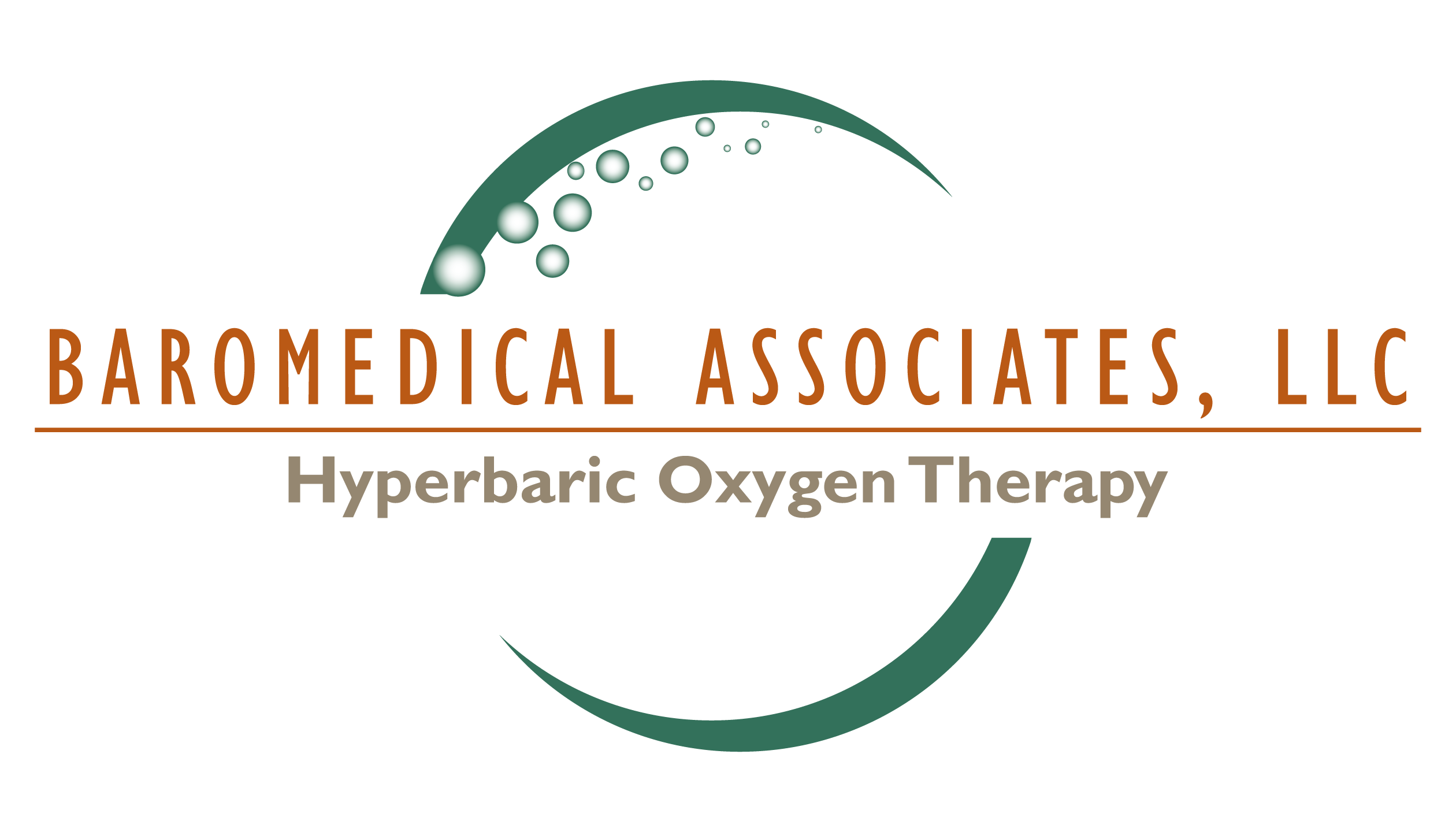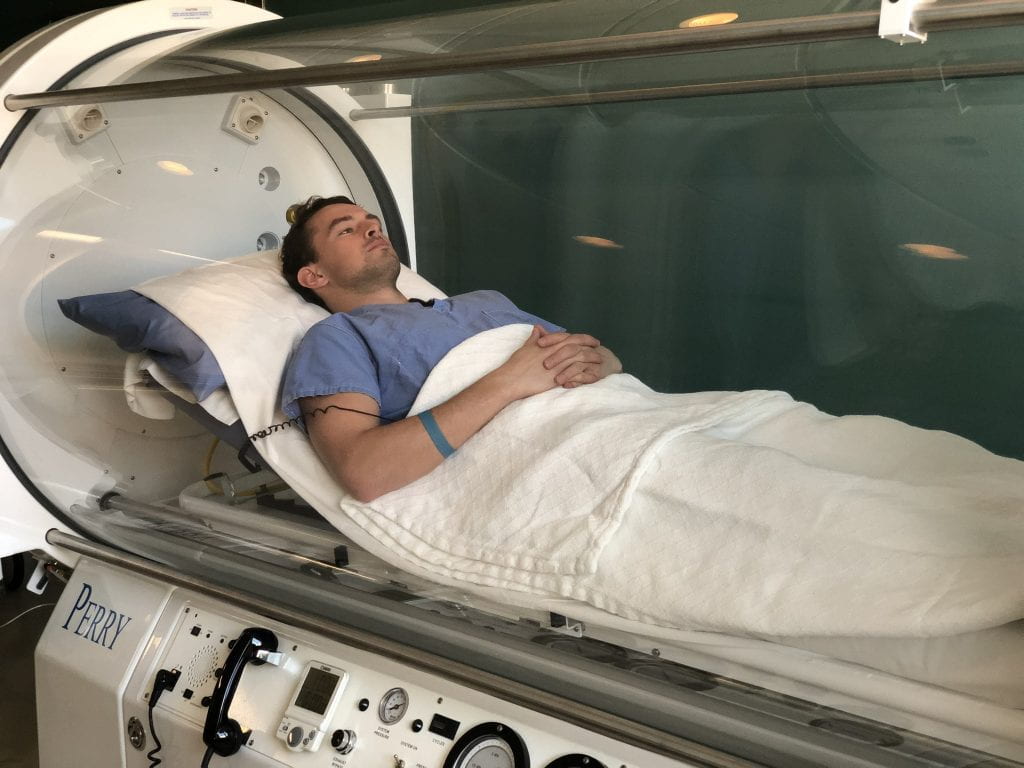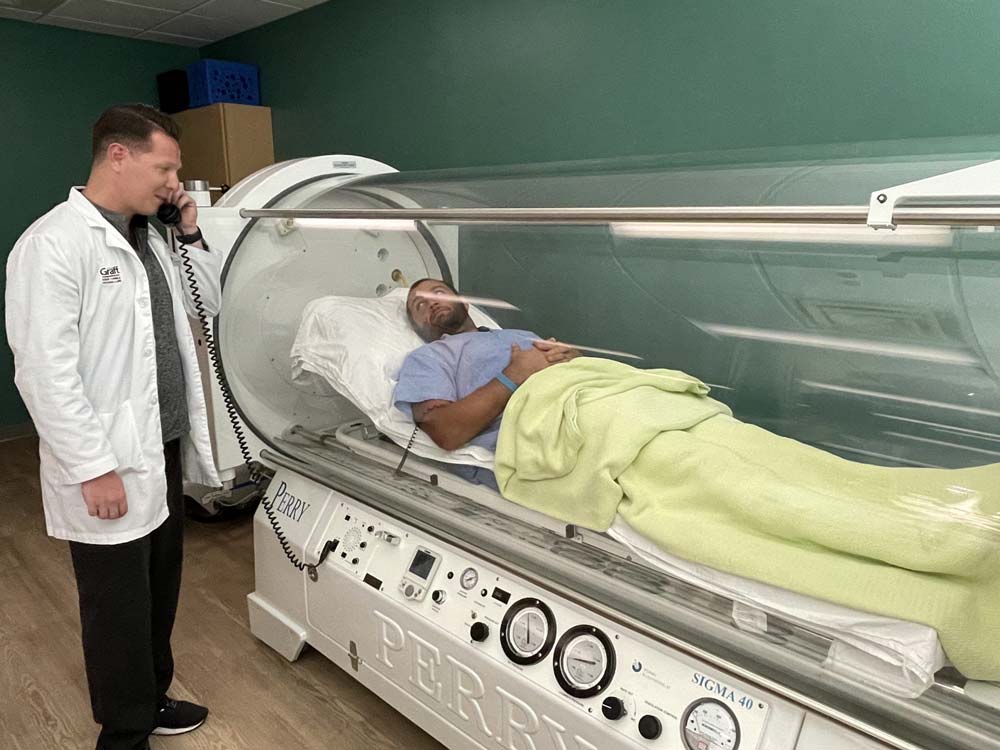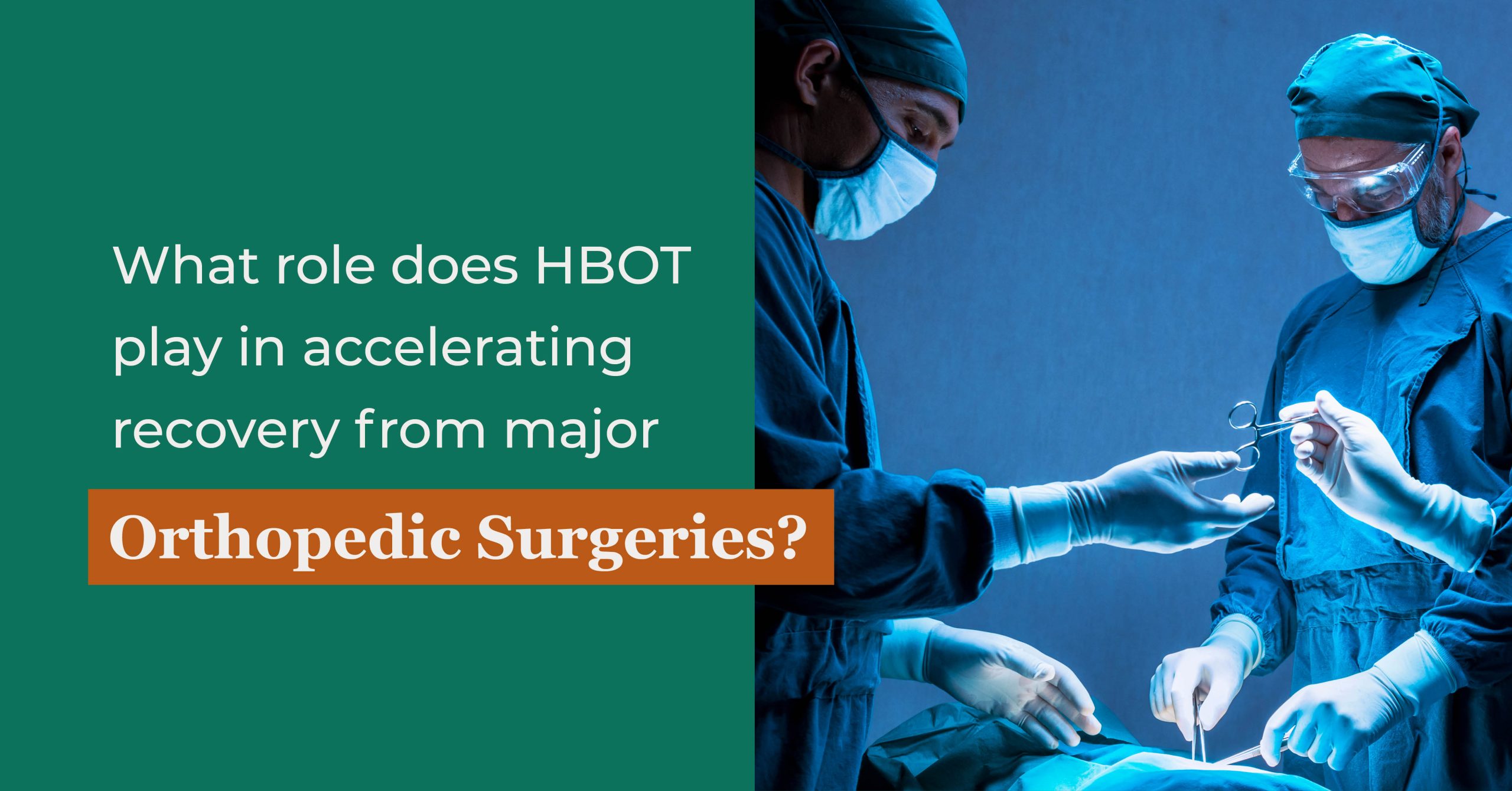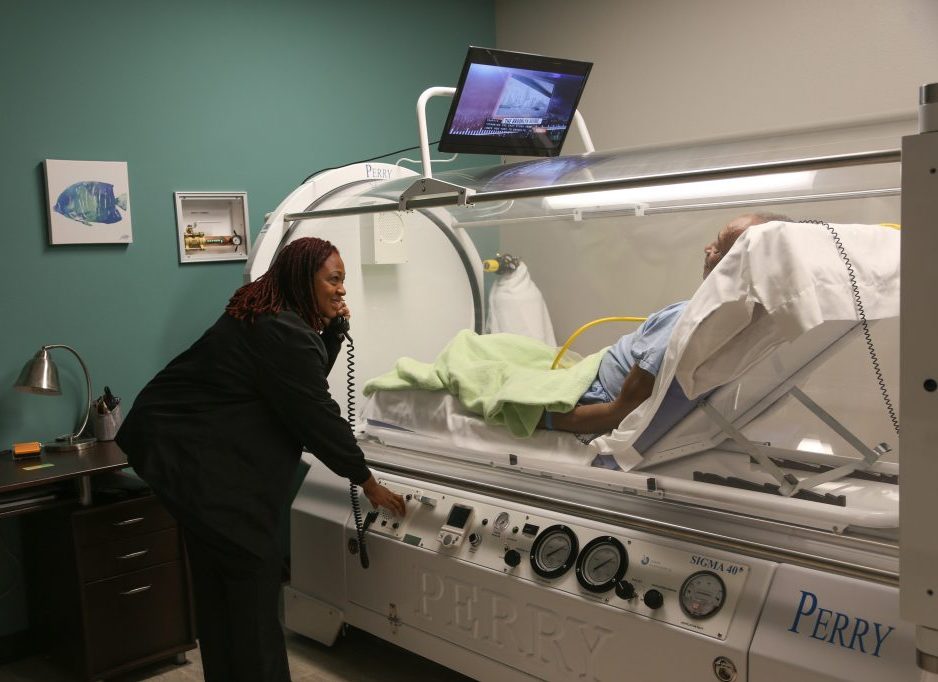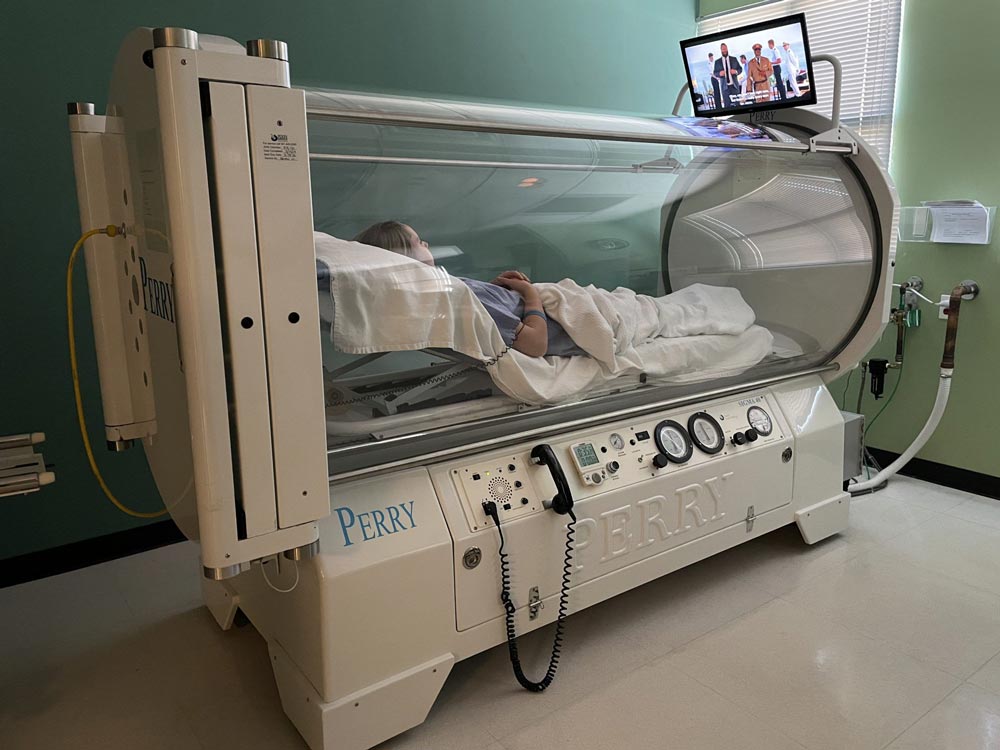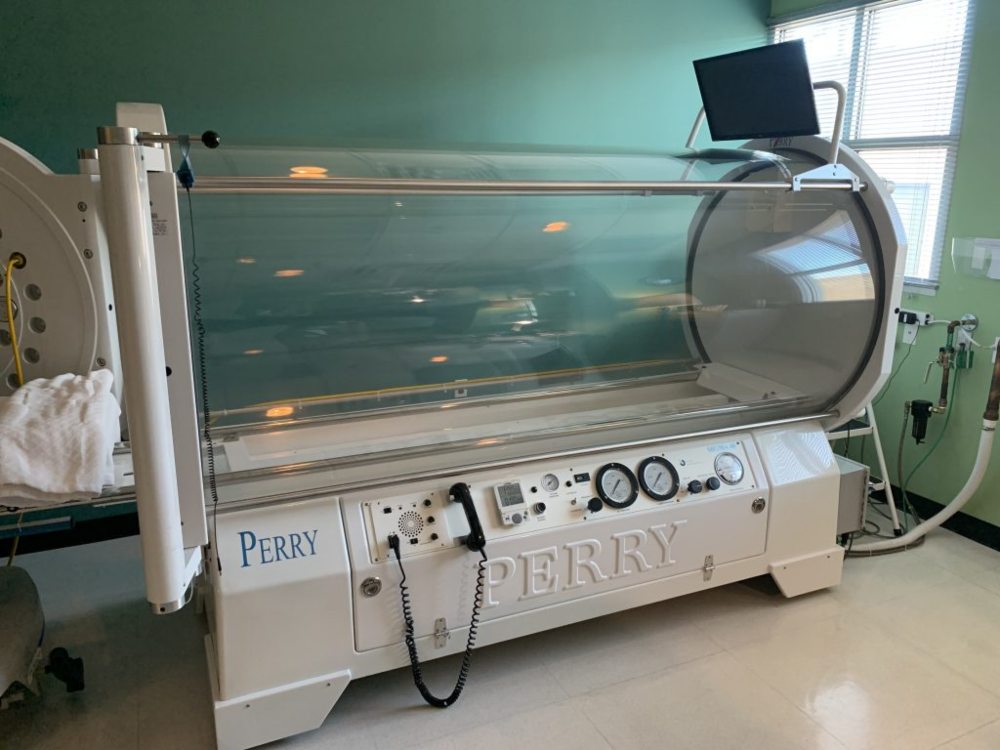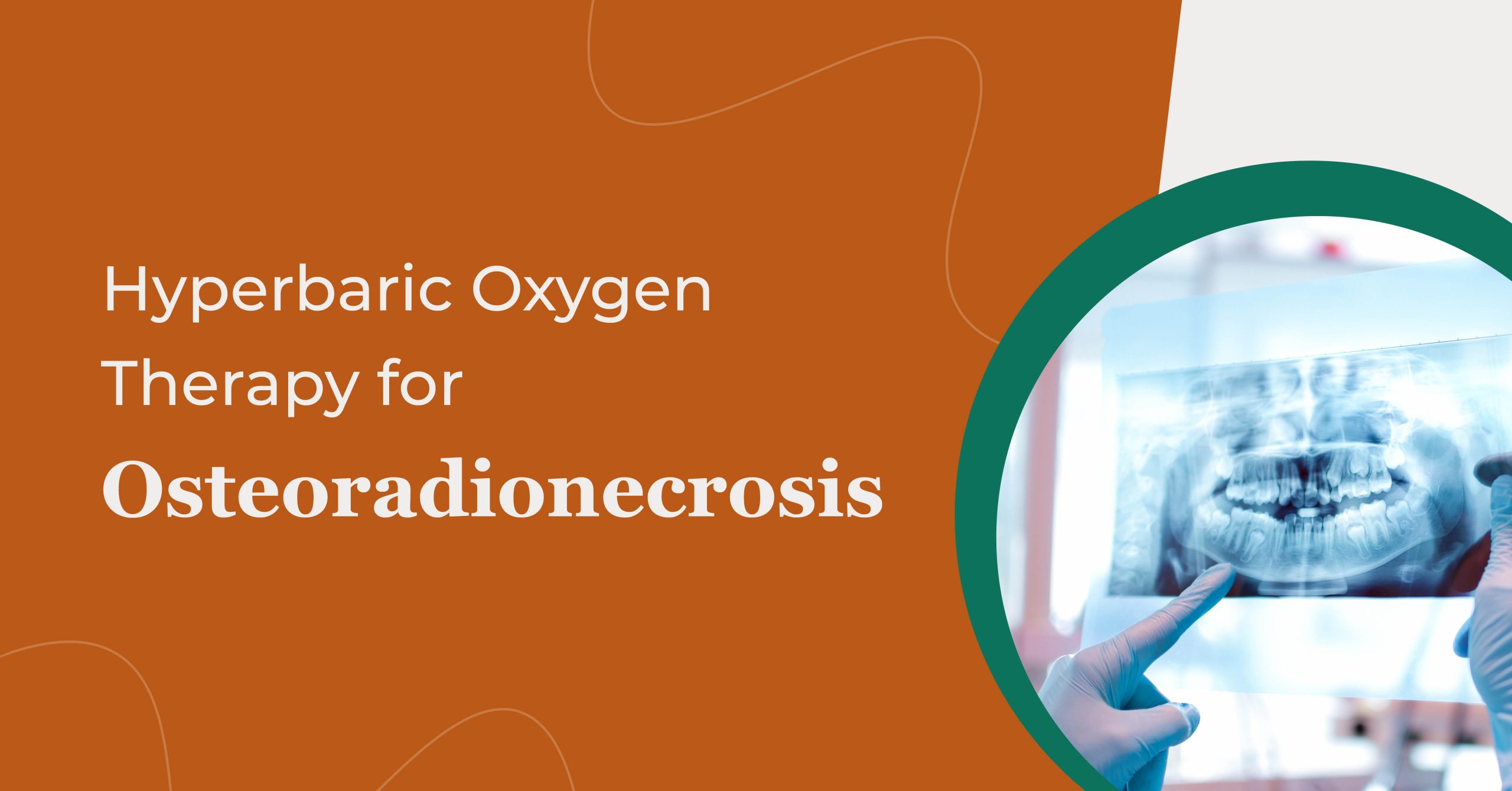How HBOT Is Transforming Wound Care in Surgical Recovery
Recovering from surgery is complex. Even routine, minor procedures can lead to swelling, bruising, and long recovery times. In many cases, patients are also at high risk of infection. However, innovations in wound care are making surgical recovery easier across the board. At Baromedical Associates, we use our expertise to provide Hyperbaric Oxygen Therapy, a game-changing treatment set to transform the way we think about wound care and recovery. Our professionals in the Dallas Metro Area are dedicated to educating others about this advanced treatment. Learn more about how HBOT is changing how we think of surgical wound healing.
HBOT Explained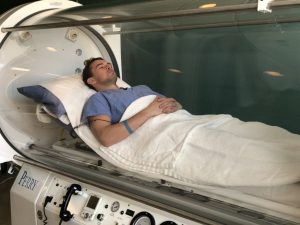
Hyperbaric Oxygen Therapy (HBOT) has been around for decades. But in its early days, HBOT was commonly reserved for decompression sickness and carbon monoxide poisoning. Today, we’re finding this treatment has numerous applications. It involves exposing patients to oxygen levels 1.5 to 3 times higher than average. This increased oxygen allows a greater amount to dissolve in the bloodstream, which in turn promotes enhanced healing processes1.
Understanding Hyperbaric Wound Treatment
When we think of wound care, we don’t often picture a pressurized chamber and double the level of oxygen we’re used to. However, hyperbaric wound treatment can have significant benefits for those recovering from traumatic injuries or surgeries. Here’s an overview of how HBOT for wound management works:
- Enhanced Oxygen Delivery—Patients enter a pressurized chamber where they breathe 100% oxygen. At increased pressure, the oxygen dissolves more effectively into the blood, raising the level of oxygen by 12-15% and ensuring it reaches the necessary tissues and cells.
- A Typical Session—Everyone has different needs, but most patients can expect to come in for several sessions lasting at least 60 minutes. Depending on the extent of your wound, you may remain inside the chamber for two hours. The good news is that you can sit, recline, or lie down during this time and watch a favorite TV show1.
- How Does It Feel?—HBOT rarely causes any discomfort. For the first and last 5-7 minutes in HBOT, you’ll feel the need to clear (pop) your ears to equalize the pressure, much like landing in an airplane. For the rest of the treatment, you just relax and sleep or watch TV. You won’t feel any unusual sensations, just as if you were sitting on your couch.
The Role of HBOT in Surgical Recovery
So, just how does HBOT influence surgical wound healing? This therapy is known to offer several benefits for those dealing with pain and scarring post-operation. Our experts can further explain these benefits, among others:
Accelerated Healing
One of the primary benefits of HBOT in surgical recovery is its ability to speed up the healing process. Surgical wounds require an ample supply of oxygen for cellular repair and regeneration, so ensuring oxygen reaches even the most remote and compromised tissues means quicker and more efficient healing.
Combating Surgical Site Infections
Surgical site infections are a significant concern for post-operative patients. HBOT has been shown to enhance the immune response and improve the efficacy of antibiotics, reducing the chances of surgical site infections and their complications2.
Fewer Complications
Complications such as graft failures, radiation-induced injuries, and compromised flaps can severely hinder surgical recovery. HBOT has demonstrated efficacy in mitigating these complications by promoting tissue recovery and enhancing the overall healing environment.
Managing Chronic Wounds
While surgical wound healing and HBOT go hand in hand, post-operative care isn’t the only application for this treatment. Patients with conditions like diabetes or peripheral arterial disease often suffer from chronic wounds that do not heal easily. HBOT has proven effective in treating these stubborn wounds by promoting tissue repair and reducing inflammation. By improving blood circulation and oxygenation, HBOT can turn the tide for patients struggling with chronic wound management3.
Delayed Healing Wounds: A Case Study
Several studies have been published over the years focusing on advanced wound care therapy and its effectiveness for nonhealing wounds. One of these studies4, published in 2021, evaluated 248 patients with chronic wounds. After following these patients for many weeks, it became clear that HBOT was consistently associated with improving conditions. In fact, improvements were observed for 81% of patients treated with HBOT. The study also showed strong indicators that HBOT can lead to complete or near-complete healing for both diabetic and nondiabetic wounds.
Another study5, this one from 2019, looked at wounds that did not respond to more than six weeks of traditional wound care. After implementing HBOT for patients with these delayed-healing wounds, their recoveries began to progress more rapidly. The researchers ultimately concluded that HBOT is effective for treating ulcers, nonhealing wounds, and a range of rare conditions.
A Promising Outlook on HBOT and Wound Care
As indicated by these studies, HBOT is a promising solution for those struggling to fully recover from a wound. What used to be utilized only in cases of decompression sickness is now changing the game for people with diabetic wounds, surgical scars, sports injuries, and a variety of other health concerns. At Baromedical Associates, we’re glad to provide this therapy for those who need enhanced surgical wound recovery. Our team can further explain how HBOT works and how it can benefit you. Contact us today to meet with our providers in the Dallas Metro Area.
